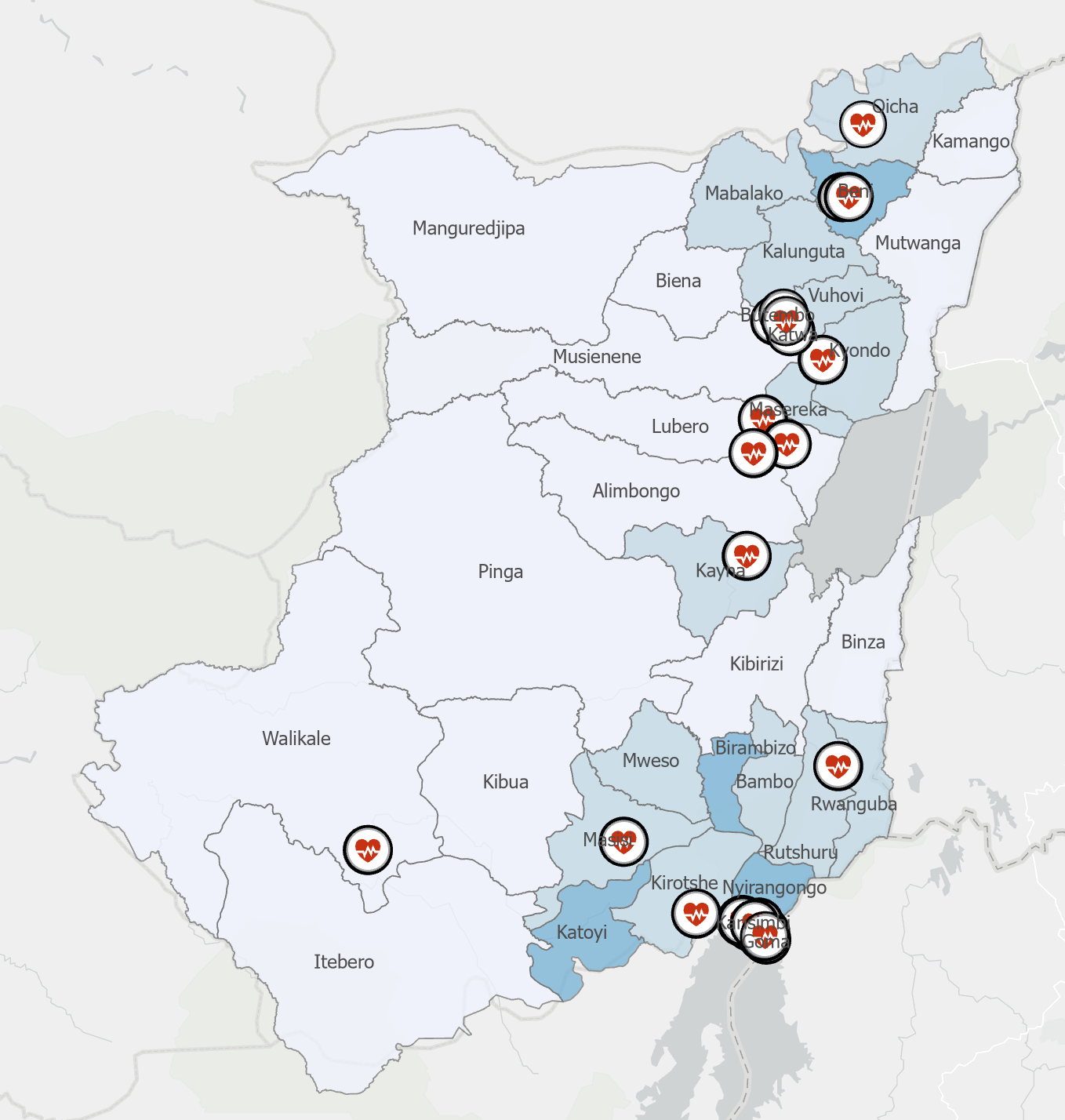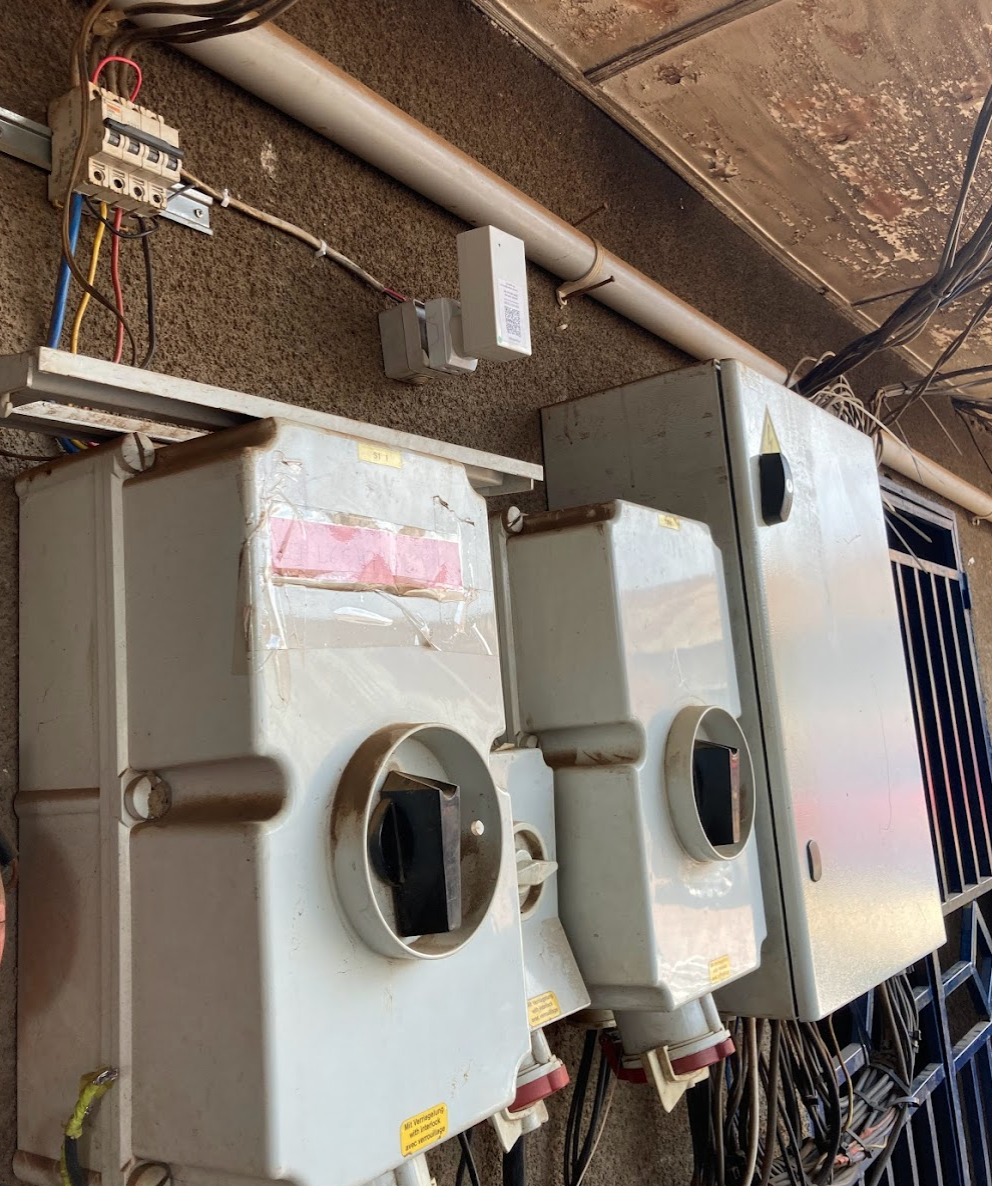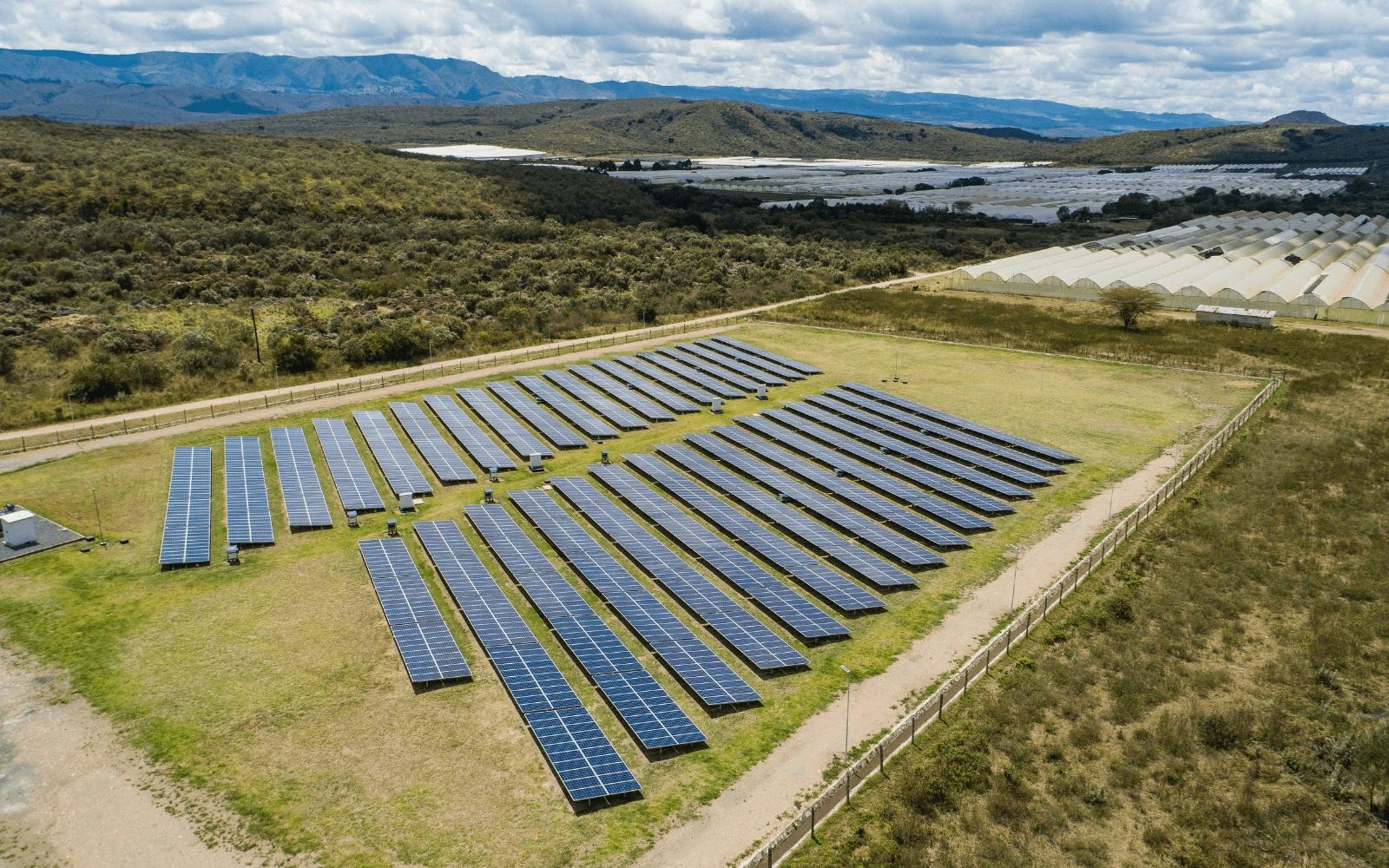Characterizing the landscape of power quality and reliability among health facilities
nLine deployed sensors in 27 health facilities in Eastern Democratic Republic of Congo (DRC) to collect localized power quality and reliability data in a geographic context where data on healthcare electrification is extremely limited. Data from the sensors was used to generate 12 months of continuous, ground-truth insights. These data make it possible to characterize the landscape of power quality and reliability among health facilities and inform future health electricity access projects in the DRC.
Motivation
Installments of small-scale renewable energy sources have provided an increasing number of unelectrified health facilities in Sub-Saharan Africa (SSA) with electricity access, but have suffered from a systematic inattention to longitudinal energy system performance monitoring. Power challenges are the single most common cause of medical equipment failure and critical medical care is frequently impeded by daily power outages and unstable electricity.
Power quality and reliability (PQR) information that does exist is often collected through recall-based surveys with binary questions. This coarse data is insufficient for the design, implementation, and evaluation of energy solutions for health facilities, where the quality of power delivered has a pronounced impact on the operation and longevity of health equipment and the success of many medical procedures.
There are few geographies in the world where the implications of poor PQR on healthcare provision are as fraught as in the DRC [1]. The DRC is the eighth country with the lowest access to electricity as a percent of total population - with a 20.8% access rate as of 2021 - and no single integrated grid system connects the nation, leading to patchwork access to electricity across the country. In partnership with the RAEL Lab at UC Berkeley, nLine aimed to directly measure power quality profiles at health facilities in the DRC and their impact on healthcare outcomes. Initial results from this pilot will inform the development of data-based PQR standards for healthcare electrification projects and the development of a scalable system for large-scale health-energy monitoring in SSA.
Project Description
From May 2022 to June 2023, nLine sensors were deployed in 27 healthcare facilities in the Eastern DRC in North Kivu Province (25), South Kivu (1) and Haut-Uélé Province (1). In close collaboration with the Provincial Health Division (DPS), the research team selected health facility locations that represented coverage along the major Goma-Beni population axis and that were a mix of health facility types, including a provincial hospital (1), general referral hospitals (12), hospital centers (4), referral health centers (5), and health centers (5).
These health facilities were powered by either SNEL (the state-run utility), three commercial electricity providers (ENK, Virunga, and Nuru), local hydro-power, off-grid solar power, stand-alone generators or combinations of these local supply options.


The Provincial Health Division (DPS) facilitated introductions with health facilities and UC Berkeley’s research team installed and maintained the sensor fleet. To accurately detect power outages, two sensors were installed in each health facility and collected data continuously for 12 months. Sensors measured outlet-level voltage magnitude, AC frequency, and power state at two minute intervals. This data collection method afforded both granular and aggregated analyses of grid reliability at the individual facility-level and to compare PQR profiles among all 27 facilities.
Key Insights
Sensors are continuing to collect power quality and reliability measurements at the 27 health facilities. Within the first 12 months of monitoring, data from this pilot study revealed the following results:
Power Quality
- Compared to the other energy sources powering the 27 health facilities, the town-level hydro-powered microgrids exhibit the largest voltage deviations both above and below nominal (220V) and also experience the most prolonged time spent below 10% of nominal (198V).
- Facilities served by ENK and Virunga – large hydro operators – also saw poor voltage quality, which varied greatly by week (some weeks had more than six hours undervoltage in a day, while others no more than three hours).
- The data show broadly low power quality among the 27 health facilities, but great variation in the nature of the PQ issues, underscoring the importance of designing hyperlocal power supply solutions for healthcare facilities. Critical choices, such as whether to install backup generation, voltage stabilization, supply switching, and what an appropriate tolerance for sensitive equipment is must be informed by the PQ of the local supply.
- Collecting longitudinal data is important: the power quality situation changes from week to week (e.g. in the case of the hydro grids where heavy rains have a huge impact on reliability).
Power Reliability
- Of the large grid operators, the state-run SNEL experienced the most power interruptions, but provides fairly stable voltage close to nominal, compared to ENK and Virunga.
- Many of the instrumented facilities experienced between 0.3 and 1.2 power interruptions per day, on average, and sometimes eight or more interruptions in a day. Interruptions occur for a variety of reasons, including regularly scheduled outages. For example, one facility, with 305 beds, relies solely on a diesel generator for power which is turned on daily from 9:00 am-12:00 pm and 6:00-11:30 pm to save on fuel costs.
- A strong energy solution success story is a facility where Doctors Without Borders installed a 30 kW solar system just before the pilot study began. Here, sensors recorded no power interruptions and the most stable voltage levels among the 27 facilities.
In future work, measuring and developing standards for electrification can help inform the design of performance-based regulations and incentives for health facility electrification, following quality and reliability indicators.
